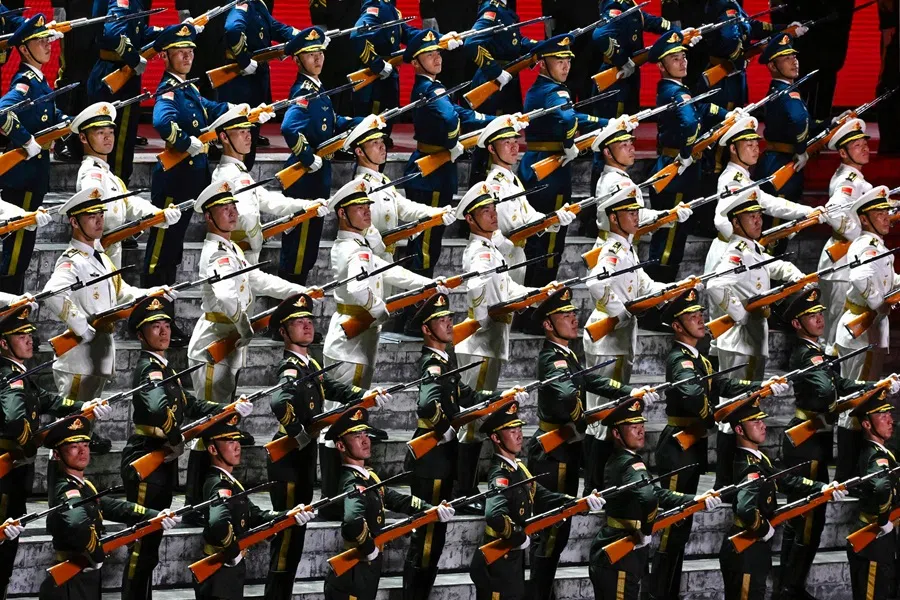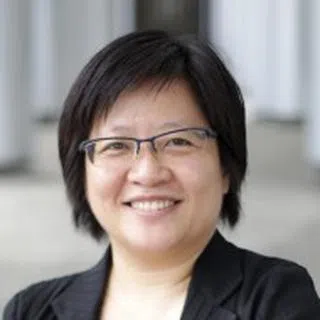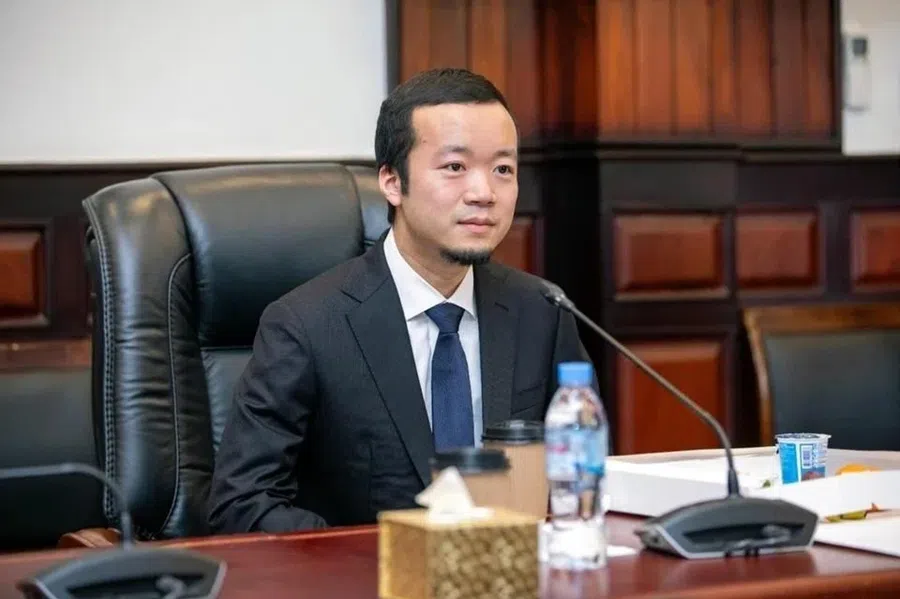Are China, Russia and North Korea ‘conspiring’ against the US?
While China held its military parade commemorating the 80th anniversary of the end of World War II, one world leader was left out: US President Donald Trump, who implied that there was a conspiracy against the US. Is this accurate? Lianhe Zaobao associate editor Han Yong Hong gives her analysis.

As Beijing stood ready to welcome leaders from 26 countries, including Russian President Vladimir Putin and North Korean leader Kim Jong Un, to watch a grand military parade from the Tiananmen viewing platform, far away in Washington, US President Donald Trump refused to be left out. With a hint of sarcasm, he posted on social media: “Please give my warmest regards to Vladimir Putin and Kim Jong Un as you conspire against the United States of America.”
Trump’s remark immediately drew a wave of reactions from international media. Some exclaimed that it was classic Trump — convinced that everything somehow revolves around him, effortlessly shifting the global spotlight back onto himself with just a few pointed comments, rivalling China’s gathering of international allies and its dazzling display of “weapons of war”.
However, the biggest flaw in Trump’s comment may lie in his choice of the word “conspire”.
An overt or covert message?
Besides, Trump was not entirely wrong. China, Russia and North Korea all wish to push back against the US. Who else could the 3 September military parade have been aimed at, if not America? The joint appearance of the three leaders was clearly intended as a message — a show of strength aimed at Washington.
However, the biggest flaw in Trump’s comment may lie in his choice of the word “conspire”. How could such a grand spectacle and large-scale military parade be a “conspiracy” in the secretive sense? If one had to characterise it as “scheming”, the Chinese term yangmou (阳谋) — an overt plot — would perhaps be more fitting.

Richard Fontaine, CEO of the bipartisan Center for a New American Security, told The New York Times that China, Russia and North Korea aim to establish a new international order, one that does not deny them the spheres of influence, power, status, and legitimacy that their leaders believe they deserve, and that this ambition “could hardly be more open”. He added that they have been fairly clear in their view that the existing world order is unfair Western domination, and that the US is the chief obstacle to the attainment of their global objectives. Their joint presence atop the Tiananmen viewing platform, watching the military parade together, clearly signalled that they are prepared to do something about it, including by working together to push back against the US.
Two days before the parade, on 1 September, Chinese President Xi Jinping attended the Shanghai Cooperation Organisation (SCO) summit, where he put forward China’s vision for global governance. At the core of this proposal was adhering to sovereign equality and pushing for greater democracy in international relations.
Pushing back
During and leading up to the SCO summit, in April and May, Xi had already delivered pointed messages to the European Union, Vietnam, and others, denouncing “unilateral bullying” and “hegemonic bullying”. His words were clearly directed at Trump’s global reciprocal tariffs.
China has long sought to shape an international order more favourable to its development — or, in its view, a “fairer” one. Since the latter years of the former Barack Obama administration, China-US competition has only intensified.
... faced with mounting US pressure and shifting dynamics in the Taiwan Strait, China may have concluded that it simply has no choice — that the time has come.

Two things have changed. First, Trump 2.0’s use of reciprocal tariffs and other rule-breaking measures has tarnished America’s image, giving China a reason to rally other nations around its call for “democracy in international relations”. Second, China’s military power has grown to a level where its hard power can now back its resolve to stand on equal footing with the US, no longer needing to conceal its ambitions or proceed cautiously behind the scenes.
Peace or war?
In another sense, faced with mounting US pressure and shifting dynamics in the Taiwan Strait, China may have concluded that it simply has no choice — that the time has come.
In his speech during the military parade, Xi stated, “Today, humanity is again faced with the choice of peace or war, dialogue or confrontation, win-win or zero-sum.” The “choice narrative” is not new in speeches by China’s top leaders. The Financial Times interpreted this as Beijing issuing a “peace or war” warning.
This is what a warning of war and peace is — not spoken but shown, aimed at forcing the US to reassess whether it is worthwhile to go to war with China, and whether it stands a chance of winning.
Indeed, during the parade which was both a “diplomatic showcase” and a “military showcase”, the People’s Liberation Army (PLA) displayed its most advanced weaponry, even demonstrating combat strategies, joint operational capabilities, systematic combat abilities, command and control structures and so forth. From the DF-61, JL-3, JL-1 to the DF-5C, China’s land, sea, and air nuclear forces were on display to exhibit a nuclear capability that ensures mutually-assured destruction with the US.
With a strong military-industrial foundation, China can build whatever it wants, including both offensive weapons and defensive systems like various laser and microwave weapons, and anti-missile tools like the HQ-29. This is what a warning of war and peace is — not spoken but shown, aimed at forcing the US to reassess whether it is worthwhile to go to war with China, and whether it stands a chance of winning.
As expected, Western media accused China, Russia and North Korea of forming an “axis of resistance”, but China seems unfazed. CNN commented that Trump is “making US foes great again” and that the US’s unpredictable foreign policy has given China the window of opportunity to accelerate the shift of international geopolitical focus eastward.

However, China’s stance until now has been that it is not seeking to start something from scratch. Rather, it has emphasised that it is likewise a creator and upholder of the post-WWII international order, which is the essence behind the high-profile commemoration of the victory in WWII. Yet, China has subtly implied that the US is no longer the keeper of this order, while China remains so.
What next?
Now that the parade is over, what comes next?
Some commentators have predicted that Western military experts will intensively study China’s new weapons and reevaluate the role of the US in the first island chain of the Western Pacific. The order in the Western Pacific could be readjusted, with the spheres of influence of major powers rearranged.
The extent to which China’s advanced weaponry can be converted into combat power remains to be seen.
This trend warrants close attention, though it might be overly optimistic about China’s situation. After all, the PLA is still entrenched in an anti-corruption campaign, and the breakaway from the traditional choice for the parade’s chief commander — not the commander of the Central Theater Command as usual, but the commander of the Central Theater Command’s Air Force — indicated an abnormal atmosphere. The extent to which China’s advanced weaponry can be converted into combat power remains to be seen.
Many countries recall that over the past half-century, the US had as an “enlightened hegemon” maintained regional peace, and contributed to prosperity and stability. As Asia’s power structure is reshaped, it remains uncertain whether this would be a blessing or a curse for the region’s smaller and medium-sized countries.
In his speech, Xi Jinping stated: “The Chinese people firmly stand on the right side of history and the progress of human civilisation. We will remain committed to the path of peaceful development, and join hands with all peoples around the world in building a community with a shared future for humanity.”
While Asian countries have expectations, they will ultimately evaluate China through a clear-eyed assessment of both its words and its actions.
This article was first published in Lianhe Zaobao as “中俄朝在“密谋”反美吗?”.





